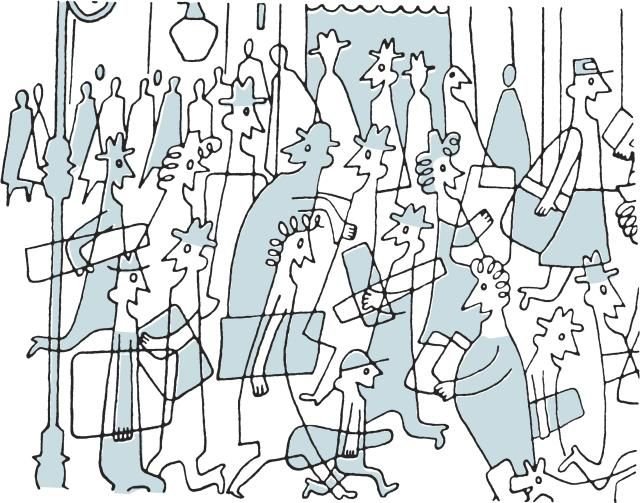In the society, every communication has a meta-communicative mixture, a meta-communicative function. The relations between people, their interactions in the social groups, the contradictions and conflicts that arise in them, the sympathy and antipathy flows, etc. often occur on the basis of meta-information. In fact, communication has a tremendous social function that ensures the very existence of individual social communities and of the society as a whole. Without communication as a process, they themselves, like all sociopsychic facts and phenomena, are impossible.
In the process of communication, a number of interactions take place between the communicators. By interacting with one another, it is understood to be the effects on one another, interactions between people during or through communication. The interactions themselves require communication and communication, they make up the being of society, and in the privacy of each of us, we take a very important place and a lot of time. The study of social interactions actually presents us both personality and social groups and society as a whole. In interactions, we can identify two main things that come about as a result of or about communication in its real and meta-communicative functions: relationships and actions. Interactions are determined by the relationship of agreement and disagreement in communication.
The ways in which communication takes place and the forms of communicative interactions determine the communicative behavior of the individual and the group itself. In connection with the specifics of communicative behavior among individuals or groups, we can talk about styles of communication, and they are: dominant, dramatic, arguable, soothing, impressive, precise, careful, exhilarating, friendly and open. Establishing styles of communication is an important task, because solving it can help in studying the effectiveness of group activity and the qualities of the sociopsychic climate. Relationships represent the connections between people in the process of their communication and in the process of their interactions in their mutual practical and spiritual activity. Communication generates interpersonal relationships.
They may also arise from the action of other factors, for example, purely psychic. The most typical of interpersonal relationships is that they have a great emotional and effective charge. From a person's point of view, her attitude towards someone or some shows her interactions with the social reality around her. It is also known that the person has strong needs besides communicating, but also by establishing and developing relationships with other people. Very often, these relationships rise in the sphere of spirituality and represent supreme feelings: compassion, trust, altruism, humanism, etc. Relationships evolve and are dynamic. In general, relationships are divided into: interpersonal, group, social. Their content is based on sympathy, antipathy, indifference. From the point of view of the power and the hierarchy in the group, we distinguish vertical and horizontal relations. Depending on other criteria, other types of relationships exist

Gorgeous. So elegant.